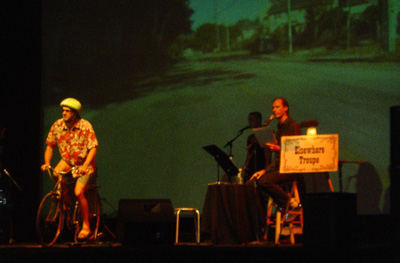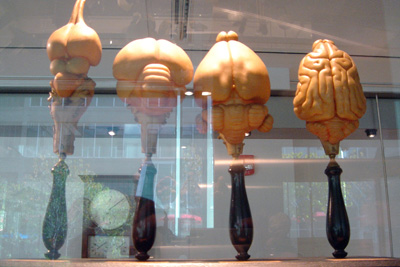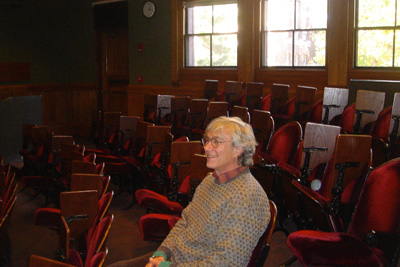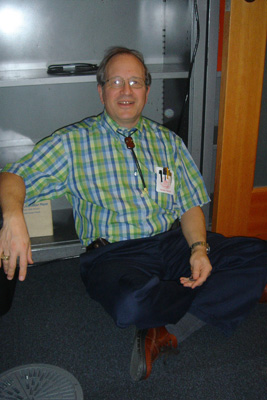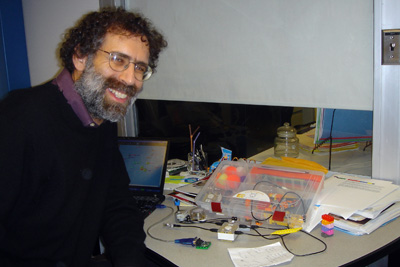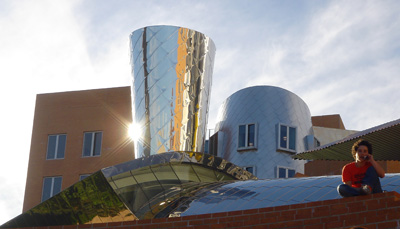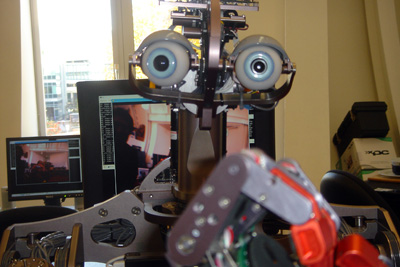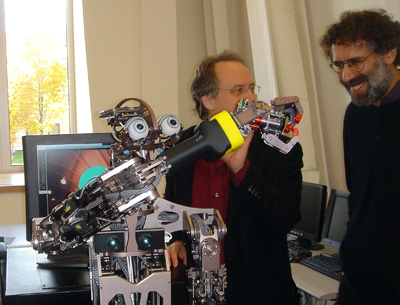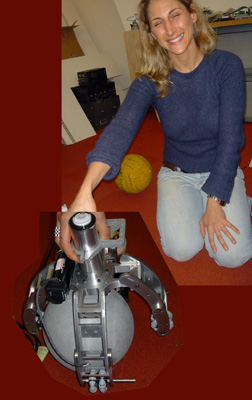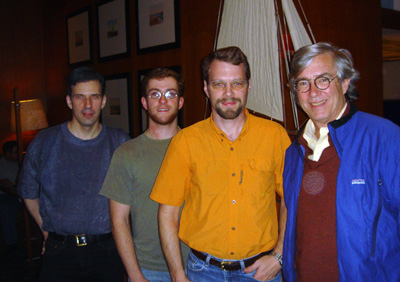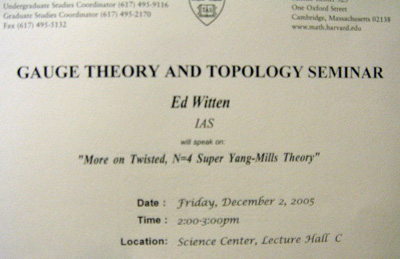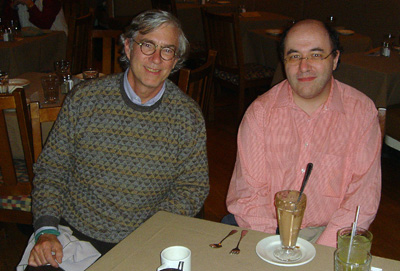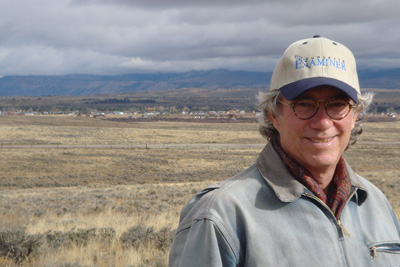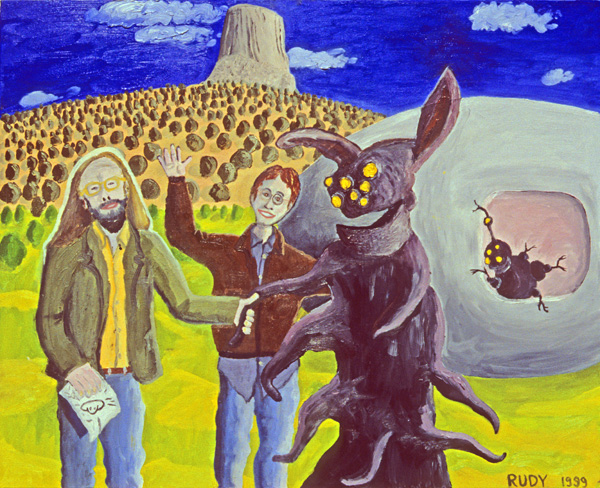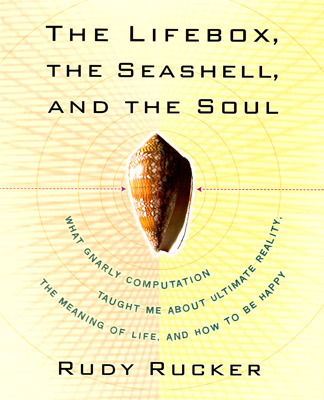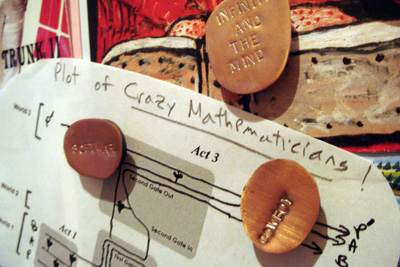I did an email interview this morning. By the way, you can find all of my email interview online, if you’re interested.

Q 168. I’m back, Rudy, I interviewed you twenty months ago for my art magazine, Ylem: Journal of Artists Using Science and Technology, and I’m getting ready to publish our interview. I want to bring it up to date with some follow-up questions. What became of that nonfiction book you were talking about, The Lifebox, the Seashell, and the Soul?
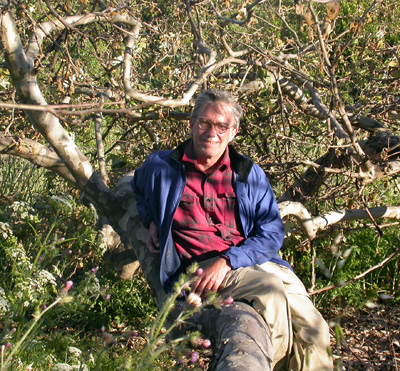
A 168. The Lifebox came out last month to my customary blizzard of zero publicity, other than the web page I made for it. It’s a very nice-looking well-produced book with lots of great illos, and I said everything I wanted to about the meaning of computation. But I’m not seeing any reviews of it, other than in the three publishing trade-zines. And, sigh, Amazon posted the one bad review on their page. And I haven’t seen it for sale in many stores. And the science-book-clubs haven't yet picked it up. And we haven't gotten any deals from foreign publishers. So right now I’m discouraged.
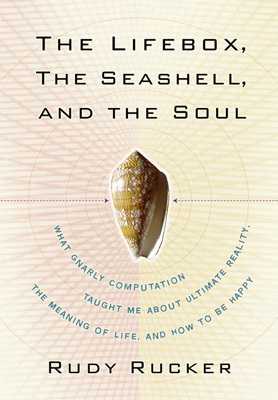
I have a sense that the market for science books these days is geared towards books having precisely one idea, which is then buttressed with water-cooler-level discussions of pre-digested news stories that have been fed to us by the media. The recent best-seller Blink is a self-reflexive example of this: Blink says that your very first and most shallow idea on any topic is correct. You don’t even have to read it! Just put it on your shelf. Got it. Like a white-on-white painting with maybe one red dot. No time wasted. And I’m also up against Ray Kurzweil’s snake-oil-sales-pitch The Singularity is Near, which pretty much says, “Buy my book and you’ll live forever.” The guy even sells vitamins.

The Lifebox, the Seashell, and the Soul: What Gnarly Computation Taught Me About Ultimate Reality, the Meaning of Life, and How to Be Happy is ruminative and dialectic in approach; I weigh opposing views of reality and come up with a synthesis or, if that’s not possible, consider holding both views simultaneously. Also I commit the high crime of joking around rather than being deadly serious.

The title itself is a dialectic triad, by the way. The Lifebox thesis is that there can be computer models of human minds, the Soul antithesis is that I feel myself to be a vibrant energy-filled being and not a machine, the Seashell synthesis is that the computational patterns found on cone shells are examples of the gnarly deterministic-but-unpredictable computations that could indeed inhabit my skull.
My book is profound and deeply human, but it’s not very blink at all. Stephen Wolfram likes it in any case; he says it’s more important book than my publishers or I realize.

Q 169. And you said that after the Lifebox book you were going to write a novel about two crazy mathematicians?
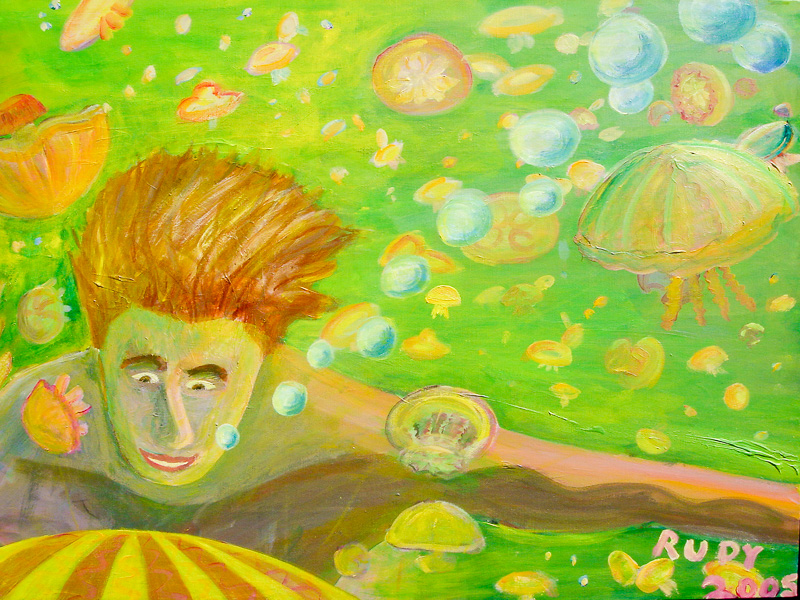
A 169. Yes, Mathematicians in Love. I just finished making the final revisions. It’ll be out from Tor Books in, I suppose, summer or fall of 2006.
I had fun with this novel. For one thing, it gives sfictional life to some of the ideas in my Lifebox tome. For instance I have my two guys making universal paracomputers out of naturally occurring things like vibrating drumheads. Now, in Lifebox I argued that most naturally occurring processes are, although deterministic, impossible to effectively predict by dint of being gnarly computations. But, just for kicks, I set most of Mathematicians in Love in a world where this isn’t the case, and it is actually possible to build a device that predicts the weather, the stock market, other people’s decisions and so on.

Another thing I do in Mathematicians in Love is to satirize our current government, and to have my characters bring it crashing down. President Joe Doakes goes to jail. I found that very satisfying.
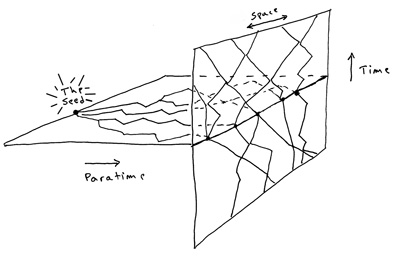
Yet another angle is that I use a notion about parallel worlds which I developed in The Lifebox, the Seashell, and the Soul; my idea is that reality might be a series of parallel universe which are linearly ordered, with each one slightly better than the one before, like successive drafts of a novel.
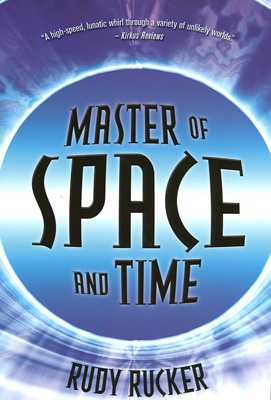
One thing that would pep up my career would be if Michel “The Eternal Sunshine of the Spotless Mind” Gondry actually makes his movie of my novel Master of Space and Time. He’s had the option for two years and is presently working on a script with Dan “Ghost World” Clowes. Michel says he’d like to cast Jim Carrey and Jack Black as the book’s two mad scientist pals. (I know, I already mentioned this on the blog, but hey, this thought is my current security blanket.)
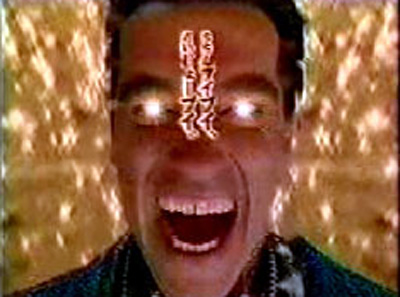
Q 170. What’s next?
A 170. I’m not sure. I’m not up for another big project yet, what with my would-be-earthshaking tome being ignored, and with the long haul of my latest novel just ended. Call it post-partum blues.

Right now I’m writing some short stories. With a couple more, I’ll have enough for a new story anthology. So that’d be an easy book to get out. This summer I read Charles Stross’s great Accelerando, and that got me interested in tackling the Singularity head on; I’m writing two stories about the Singularity right now, and I already sold one of them to Asimov’s.
I’ve been cleaning out my basement this week and putting all my old boxes of papers in one specified corner. Maybe that means I’m getting ready to write a memoir. I’d sort of like to take on that project, but the publishers I’ve mentioned it to aren’t very interested. I also have a few hundred thousand words of journals that could perhaps be published in some form.

The other possibility is, of course, that I write a new novel. I’d been thinking of doing a sequel to Frek and the Elixir, but I don’t have a killer idea for that yet. For Frek itself, I used Campbell’s monomyth structure, one stage per chapter, which gave the book a nice form, but it sort of makes the book a finished whole, so I’m not exactly sure how to do a sequel. Or I could do a fifth Ware book, not that the first four are flying off the shelves anymore.
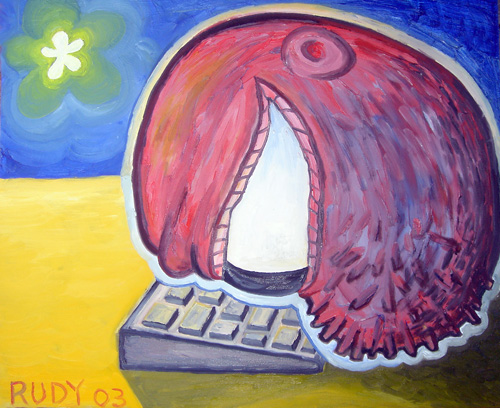
Another thought is to drop writing for awhile, and wait for the world to catch up with me. I enjoy painting; maybe I could pick up a few bucks doing that. One result of cleaning out the basement is that I’ll have room for a metal rack on which to store all of my family’s accumulated paintings — we’re all artists. With a place to store the accumulated works, I’d be a step closer to painting a bit more. One thing I might do soon is to start selling posters of my paintings on the web. That’d be more painless than trying to get a show.
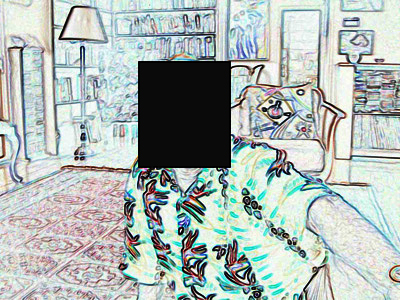
I piss away a lot time blogging. On the one hand, it's an obsessive-compusive disorder, and I think I'll be cutting down to one blog post per week so as to have more time. But I do see blogging as an art form; I like for each entry to be a nicely balanced combintation of words and pictures — I shoot a lot of pictures with my digital camera, and I recycle old ones, like I'm doing today. I’ve even gotten into podcasting, that is, posting my lectures and spoken interviews online. In my own diffuse and unpredictable fashion, I seem to be creating an electronic lifebox copy of my mind. On the third hand, why bother? Better to go outside and ride my bike.









